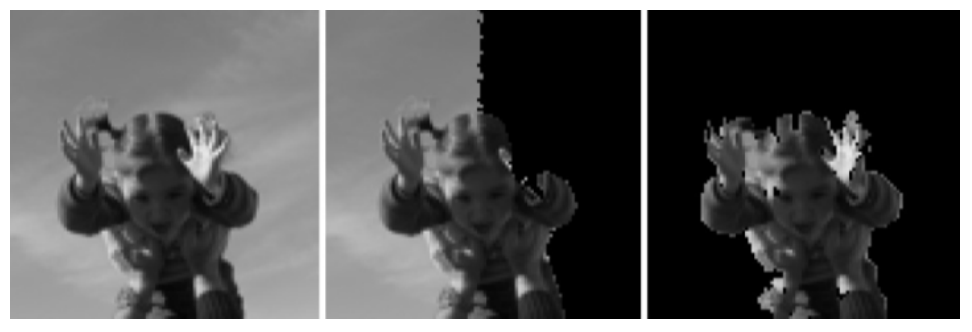Dorit Hochbaum’s neuron segmentation algorithm leads Neurofinder benchmark

The image above shows an example of a neuronal movie created with calcium imaging. Hochbaum’s algorithm seeks to detect the neurons in the movie and track their behavior over time
IEOR Professor Dorit Hochbaum’s neuron segmentation algorithm HNCcorr is currently the leading algorithm in Neurofinder which tests algorithms to see which are best for identifying and tracking neurons in calcium imaging movies. Calcium imaging is currently the main technique neuroscientists use for measuring and analyzing populations of neurons.
However, currently it is quite difficult to automatically process and extract signals from the movie data, and typically most applications still require a person to manually analyze images to properly understand neuronal behavior.
Hochbaum’s algorithm is called HNC (Hochbaum Normalized Cut) or NC’, and works by measuring similarities based on distances in correlation space. This is joint work with Quico Spaen and Roberto Asin.
The following information further describes the Dorit Hochbaum’s algorithm.
Hochbaum Breaks New Barrier in Image Segmentation
In the U.S. in 2016, it is estimated that more than 23,000 people will be diagnosed with a malignant brain or spinal cord tumor, and over 16,000 people will die from brain cancer. Brain imaging with CT or fMRI machines is a critical part of the diagnosis process for doctors working to detect tumors in patients. While these brain scanners can produce useful images almost instantaneously, the process of interpreting them can be quite slow it can take hours for a specialist to process the images manually.
However, with IEOR Professor Dorit Hochbaum’s new algorithm for segmenting images, the process of identifying worrisome regions of brain scan images could be significantly quicker in the future. The algorithm uses image segmentation, an approach where an image is automatically divided between its salient features and the background. Her new algorithm can quickly and precisely identify prominent features in almost any kind of image which means in the case of brain scans that it can automatically identify possible tumors which can then be referred to a physician for further analysis.

This figure shows the original image (left), the image segmented using NC (middle), and the image segmented using Hochbaum’s new algorithm (right). In this case, Hochbaum’s algorithm is 86 times more accurate.
Image segmentation itself is not a new concept. Currently, the most popular algorithm to segment an image is called normalized cut (NC), an approach developed by Jianbo Shi and Jitendra Malik in 2001. The NC algorithm identifies the salient features in an image by looking for groups of pixels that are similar to each other and dissimilar to the surrounding pixels. The NC approach can have good results for identifying features within an image, but overall the problem of image segmentation is still intractable in this form meaning engineers using the algorithm must be satisfied with approximate and unreliable results.
Hochbaum realized that it isn’t necessary to take into account whether the pixels in the background surrounding each feature are similar to each other something that the NC algorithm does factor in rather it only matters that the pixels within each feature are similar. This insight helped Hochbaum simplify the problem such that a new algorithm could solve the problem in real time, meaning her new algorithm — which she calls NC’ or HNC can be used in applications without using an approximation. NC’ is also much more precise and speedier computationally so much so that it can be used to track features in live video, a feature not possible with NC.
This new ability to segment images precisely and quickly is already being used for ground-breaking research. Hochbaum has recently begun working with the Harvard Decision Science Laboratory to help them interpret how neurons in the brain interact with each other. Researchers, there have recently gained the capability to create videos that show tens of thousands of neurons firing over time. By combining this new ability to capture neurons on video with Hochbaum’s algorithm to interpret what the neurons are doing, the Harvard lab hopes to gain a more complete understanding of what is happening in the brain during human decision-making.